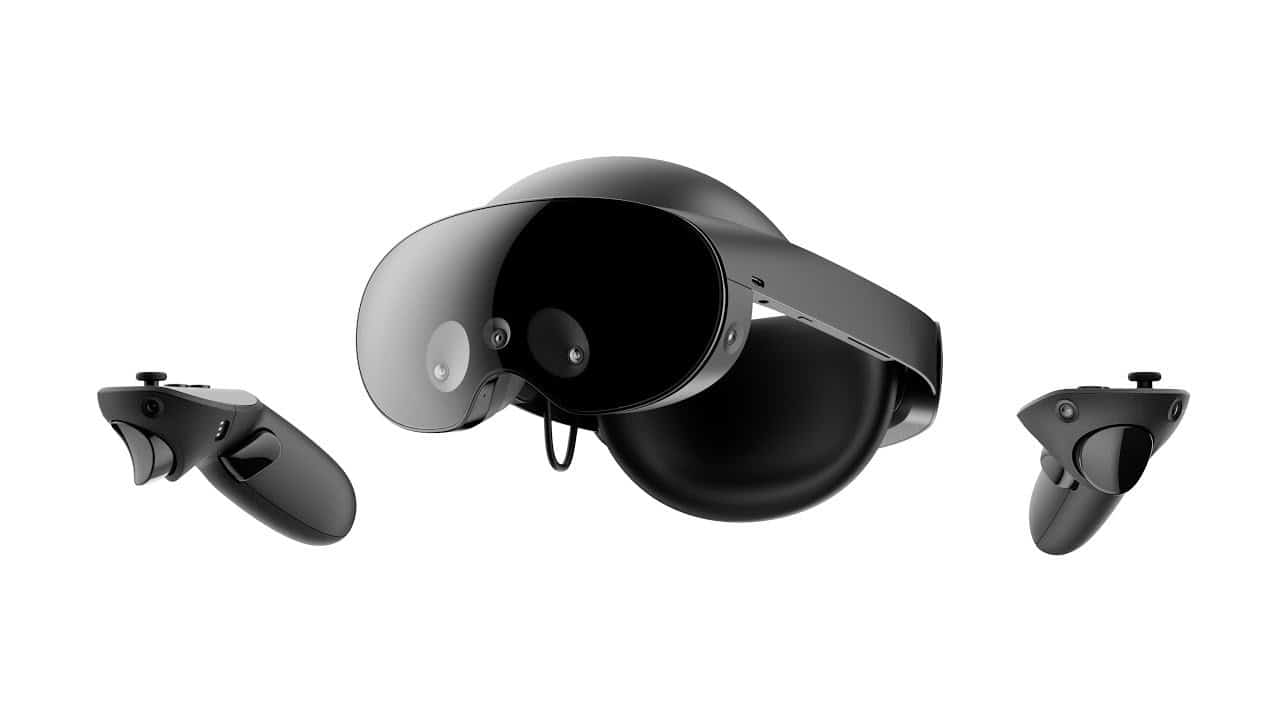What is the Meta Quest Pro FoV?

Table of Contents
The Meta Quest Pro features the new technology enhancements of Meta. Meta’s main objective is to create an advanced VR device for collaboration and creation. As part of the improvements, the Meta Quest Pro FoV is 106 degrees horizontal by 96 degrees vertical.
This 10% increase in the field of view in comparison with the Meta Quest 2 shows the attempt of the company to create a more immersive environment with their new device.
The Meta Quest Pro features a lot of improvements over the latest Quest 2. It is the first Meta device in the Pro line, so Meta used better processors and included more power overall. However, the optics aspect of the device has raised a lot of questions and doubts for early users.
The FoV is one of the first things you'll notice as soon as you wear the device. And, although it is an upgrade, the increase doesn't seem too powerful when you contrast it against the price. In fact, many were expecting a bigger change in this field.
On the other hand, the Meta Quest Pro does achieve a more immersive experience than previous equipment thanks to improvements in other optic features. Next, we’ll see how the Meta Quest Pro stands against other VR devices in regard to FoV.
Does FoV matter in VR?
A VR field of view (FoV) enables the user to observe more or less of the environment area at any given moment. It would increase or decrease depending on the device. Some VR equipment gambles on a wider FoV, while others prefer a narrow FoV, and both can be good options.
It's important to understand that a wider FoV is not necessarily a good thing though. With current technology, a wider field of view can only be achieved by sacrificing visual clarity.
This is because it will decrease the angular resolution because the available pixels will need to be spread over the larger viewing area. So manufacturers have to get the perfect ratio for them. Here you'll see the field of view of different devices.
What VR has the best field of view?
| Model | FOV hor. | FOV ver. | FOV diag. |
| Meta Quest Pro | 106° | 96° | – |
| PSVR 2 | – | – | 110° |
| HP Reverb G2 | 98.85° | 90.85° | 107.52° |
| HP Reverb | 95.76° | 90.43° | 111.78° |
| HTC VIVE Pro 2 | 116.52° | 96.49° | 113.30° |
| HTC Vive Elite | 97.62° | 103.03° | 109.31° |
| HTC Vive Pro | 107.06° | 107.71° | 110.48° |
| HTC Vive | 108.77° | 111.53° | 113.18° |
| Oculus Rift CV1 | 87.95° | 89.66° | 98.07° |
| PICO 4 | 104.00° | 104.00° | 122.16° |
| Pimax 5K Plus | 140.29° | 102.70° | 134.52° |
| Pimax Vision 8K Plus | 140.29° | 102.70° | 134.52° |
| StarVR One | 177.55° | 117.45° | 176.68° |
| Varjo Aero | 109.19° | 82.94° | 119.57° |
The Meta Quest Pro FoV does not fall short in comparison to what we see above. It could have been better, but it does exactly what they want it to do; it gives you the best virtual experience, while not disconnecting you entirely from the provided “reality”. This is a great advantage if you're going to work with these goggles.
- Now read: Where to buy the Meta Quest Pro
